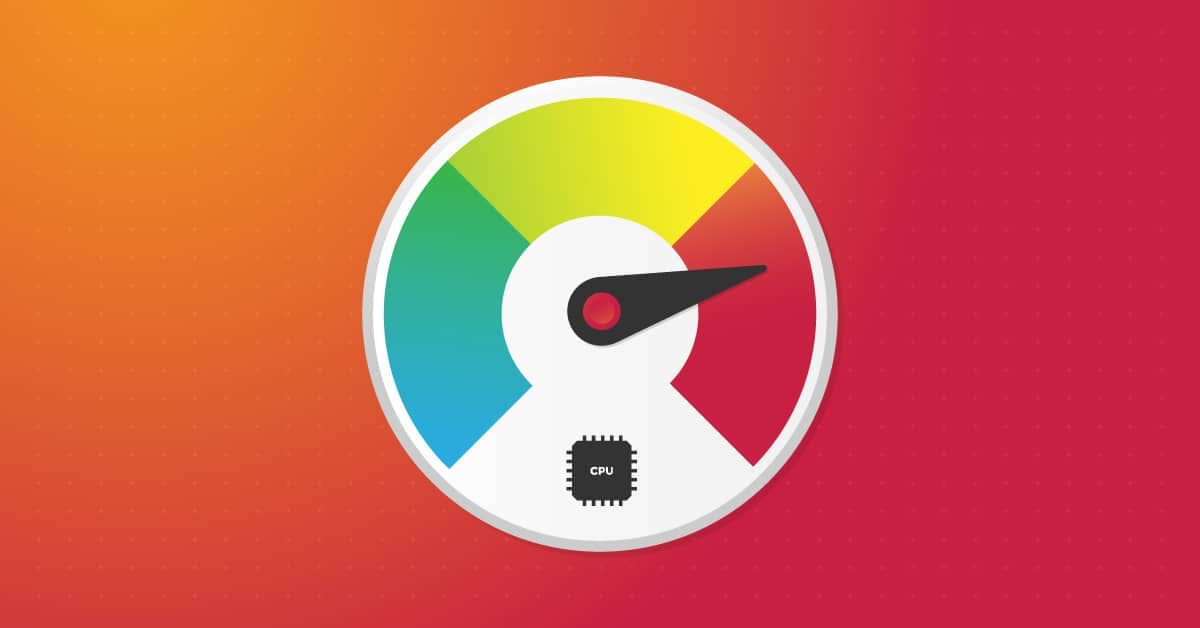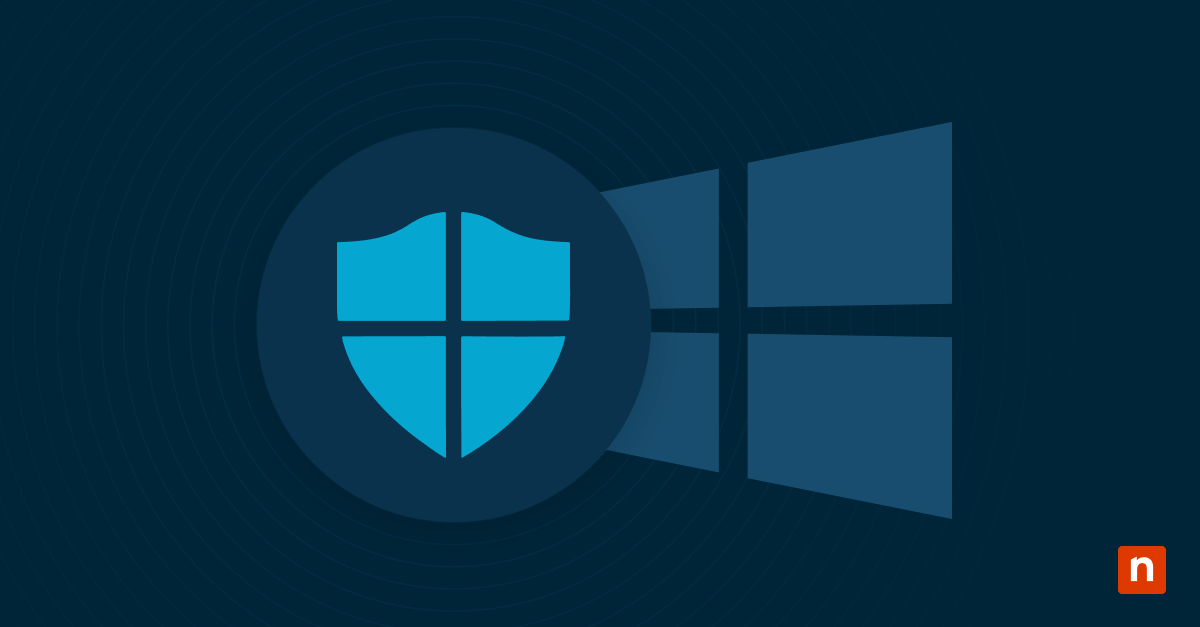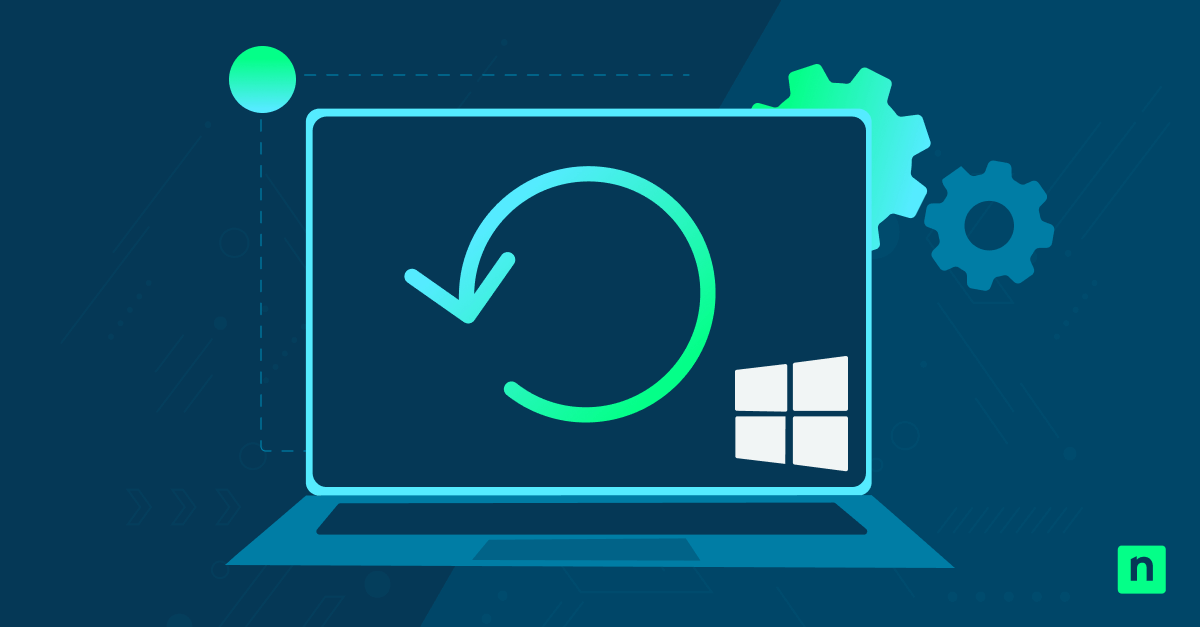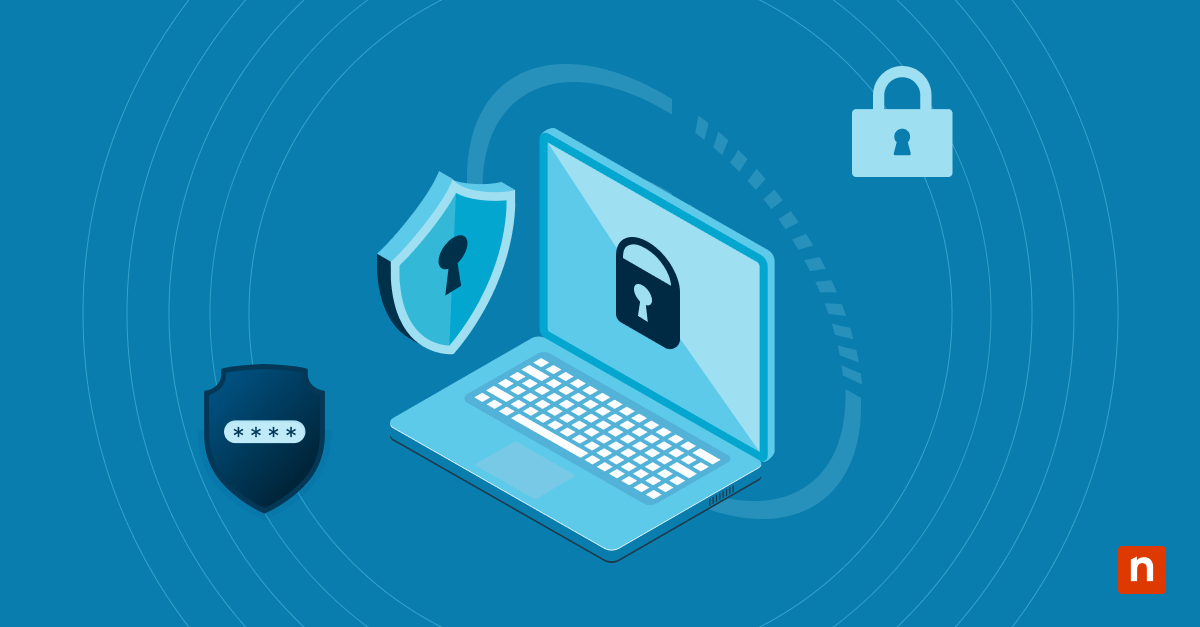Key Points
- How to enable/disable the microphone in Windows 10
- Open Settings > Privacy > Microphone
- Toggle microphone On/Off under “Microphone access”
- Adjust app permissions individually if needed
- How to enable/disable the microphone in Windows 11
- Go to Settings > System > Sound
- Under “Input,” select your microphone and toggle On/Off
- Verify settings or set defaults in Control Panel > Hardware and Sound > Sound
- Alternative methods
- Device Manager: Right-click microphone under “Audio inputs and outputs” to Disable/Enable
- Keyboard shortcuts: Some PCs have mic mute buttons or Fn keys
- Third-party tools: Software with quick mute hotkeys and privacy controls
Microphone management has become increasingly important in the digital age, where devices often listen to enhance user experience. Whether for privacy, security, troubleshooting, or optimizing your user experience, managing one’s microphone settings and learning how to enable or disable the microphone in Windows is vital.
This article provides a step-by-step guide on managing microphone settings in both Windows 10 and Windows 11. We’ll cover the different ways you can control microphone access, from the Settings app to alternative methods like the Device Manager. In this article, we’ll walk you through all the tools available to you for managing microphone settings effectively.
Manage vulnerabilities and ensure compliance all within one powerful platform with NinjaOne Endpoint Security Solutions.
Watch this free demo to see NinjaOne Endpoint Management in action
Why manage your microphone settings in Windows?
Managing your microphone settings in Windows is vital for several reasons, primarily revolving around privacy, security, convenience, and specialist use cases. Here are some common situations where managing microphone access becomes essential:
- Privacy concerns: Preventing unauthorized apps from accessing your microphone can reduce the risk of eavesdropping or information leakage. This is particularly important when you use your computer in locations where sensitive conversations might occur.
- Troubleshooting audio issues: Adjusting microphone settings helps resolve common problems like audio not working during meetings. Proper microphone management ensures you do not experience sudden disruptions during online sessions.
- Online meetings: Managing microphone activation ensures that you’re only heard when you intend to be. This can prevent embarrassing or unintended situations where background noise or ambient conversation is transmitted during important meetings.
- Gaming/media streaming: Gamers frequently enable and disable the (often multiple) microphone(s) attached to their systems for efficient in-game communication, increasingly so on a per-app basis when for instance recording/streaming one’s gameplay.
- Security precautions: Limiting microphone use to trusted apps minimizes the potential risks of malware using your hardware without consent. Hackers have increasingly sought ways to access microphones, and disabling your microphone when not needed can be a simple yet effective security measure. It’s also possible to turn wired earphones/earbuds into a microphone due to the nature of electroacoustic inducers.
Effectively managing your microphone settings helps you maintain control over how, when, and by which applications your microphone is used. By reducing the number of apps that have access, you can also optimize your device’s performance, ensuring that only essential services are running at any given time.
How to enable or disable the microphone in Windows 10
Managing microphone settings in Windows 10 can be done easily through the Settings app. Follow these steps to enable or disable the microphone:
- Access the Settings app: Press the Windows key + I to open Settings. Alternatively, click on the Start menu and select Settings.
- Navigate to Privacy > Microphone: In the Settings window, select Privacy, then click Microphone from the left-hand menu. This will give you an overview of the current microphone settings.
- Toggle the microphone: Under the Microphone access for this device section, you can enable or disable the microphone. To turn it off, switch the toggle to Off. If you want to re-enable it, simply toggle it back to On.
- Testing the microphone: Scroll down to the Test your microphone section. Check if your microphone is working correctly by speaking into it and watching the volume bar move. This allows you to quickly verify that the microphone is functioning and properly configured.
- App permissions: You can also manage permissions for individual apps by scrolling down further in the microphone settings. This allows you to choose which apps are allowed to use your microphone.
Manage vulnerabilities and ensure compliance all within one powerful platform with NinjaOne Endpoint Security Solutions.
Watch this free demo to see NinjaOne Endpoint Management in action
How to enable or disable the microphone in Windows 11
Windows 11 features a more refined interface for managing microphone settings. Here’s how to do it:
- Open Settings: Click the Start menu and select Settings > System > Sound, or use the Windows key + I shortcut to quickly access the main sound settings menu.
- Select input device: Under the Input section, choose your microphone from the list, then toggle it on or off or adjust input volume as needed. This helps you customize the audio input according to your requirements, such as adjusting the sensitivity.
- Verify settings: You can also verify microphone settings through the Control Panel by navigating to Hardware and Sound > Sound and selecting the Recording tab. From here, you can select your microphone, set it as the default device, and configure its properties.
- Volume and enhancements: In the microphone properties, you can adjust the levels to ensure the microphone is not too quiet or too loud. The Enhancements tab also provides options such as noise suppression, which can be useful for clearer communication.
Alternative methods to enable or disable the microphone
Besides using Windows Settings, you can manage your microphone in other ways:
- Using Device Manager: You can disable or enable the microphone hardware through the Device Manager. Right-click the Start menu and choose Device Manager. Expand the Audio inputs and outputs section, right-click your microphone, and choose Disable or Enable. This will prevent the microphone from being accessed by any applications until it is re-enabled.
- Keyboard shortcuts: Some devices have dedicated microphone mute buttons or shortcuts. For example, certain laptops and multimedia keyboards have a function key that allows you to toggle the microphone on and off instantly.
- Managing app permissions & privacy settings: To restrict microphone access for specific apps, go to Settings > Privacy > Microphone and toggle microphone permissions for individual applications.
- Third-party software: There are also third-party software options available that can help manage microphone access, often part of the firmware that came with your gaming- or multimedia keyboard. These tools often offer features such as hotkeys and automatic muting to add an additional layer of control.
Troubleshooting microphone issues in Windows
When issues with the microphone arise, these are the most common problems and their solutions:
Microphone not detected or not working
- Check connections: Ensure your microphone is properly connected. For USB or jack microphones, verify the ports and cables; try a different port or cable to rule out hardware issues.
- Set as default device: Ensure your microphone is set as the default device in Settings > System > Sound (Windows 11) or Control Panel > Sound > Recording.
- Update drivers: Go to Device Manager, locate your microphone, and select Update Driver. Also, check for driver updates through Settings > Windows Update > Advanced Options > Optional updates.
Low microphone volume or poor quality
- Adjust settings: Open Settings > System > Sound, then adjust the Input volume slider to ensure it’s not muted or set too low.
- Enhancements: In the Recording tab of Sound settings, right-click the microphone, choose Properties, and explore options under the Enhancements tab like noise suppression and echo cancellation.
- Physical proximity: Ensure you are close enough to the microphone and that it is correctly positioned for optimal audio capture.
Conflicts with other applications
- Close conflicting apps: Ensure only one app at a time is accessing your microphone; close unnecessary applications that might be using it.
- Privacy settings: Make sure the app has permission to use the microphone in Settings > Privacy > Microphone.
- Restart audio services: Press Windows key + R, type services.msc, and restart the Windows Audio service.
These practical solutions will help troubleshoot common issues, ensuring your microphone functions whenever needed. Systematically checking each of these elements can help determine the root cause and apply the appropriate fix.
Microphone privacy concerns & tips
With increasing concerns over privacy, many users are wary of microphones being exploited by unauthorized parties. Here are some tips to mitigate these risks:
- Limit app access: Only allow trusted apps access to your microphone. Go to Settings > Privacy > Microphone and toggle off access for any apps that shouldn’t have permission. This helps reduce the likelihood of unwanted listening by third-party apps.
- Physical-layer interventions: Use a physical microphone blocker or a mute button to ensure no app can record audio without your consent. Hardware-based solutions provide an extra layer of protection against software vulnerabilities.
- Disable when not in use: For heightened security, disable your microphone via Device Manager when not needed. This eliminates any chance of apps accessing it without your knowledge. If you are particularly concerned, you can even disconnect external microphones when not in use.
- Awareness of permissions: Regularly review microphone permissions in the Settings > Privacy menu to ensure that new apps haven’t gained access without your consent. Apps can sometimes update permissions automatically, and staying vigilant can help keep your device secure.
- Use antivirus and anti-malware software: Install trusted antivirus software that can detect and block any malware that might attempt to gain unauthorized access to your microphone. Many antivirus solutions now offer specific protection for microphone and camera access.
These steps help protect your privacy by limiting who can access your microphone and when. By combining software settings, hardware solutions, and ongoing awareness, you can reduce the risk of unauthorized microphone usage.
Enable or Disable the Microphone in Windows FAQs
How do I know if my microphone is enabled or disabled?
Check within Settings > Privacy > Microphone or see if the microphone icon appears in the system tray during use. Some laptops also have an indicator light showing when the microphone is active.
Can I disable the microphone for specific apps only?
Yes. Go to Settings > Privacy > Microphone and toggle off the microphone for individual applications. This feature allows for granular control over which apps can use the microphone, providing enhanced privacy.
What should I do if the microphone is not working after enabling it?
Check the microphone connection, update drivers in Device Manager, and verify app permissions in Settings > Privacy > Microphone. You can also try restarting your computer to resolve temporary software glitches.
Is it safe to leave my microphone enabled all the time?
While it’s generally safe, leaving your microphone enabled can expose you to privacy risks if unauthorized apps gain access. It is recommended to disable it when not in use, especially for sensitive situations.
How do I physically disconnect an internal microphone?
Internal microphones cannot be physically disconnected, but you can disable them via Device Manager. For external microphones, simply unplug the device from your computer.
Take control of privacy settings across all your devices with ease.
Learn how NinjaOne’s Windows Endpoint Management Software empowers IT teams to manage, monitor, and secure endpoint privacy from a centralized platform.
Harmonizing security and functionality
Whether you’re a professional conducting business meetings, a gamer, or someone concerned about privacy, the importance of microphone management cannot be overstated. Keeping your microphone under control ensures that you are heard only when you want to be, while also protecting you from potential security breaches. Regularly checking and updating your microphone permissions helps you control which applications have access, protecting you from potential threats and unauthorized usage.








